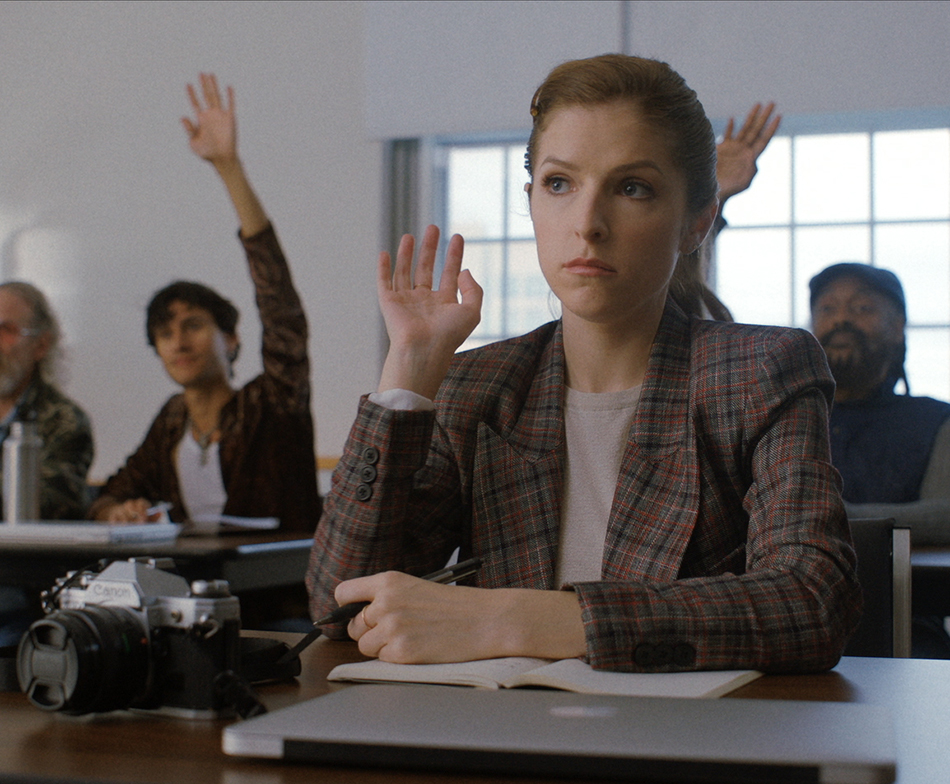‘Channels’ Pose a Challenge for Media Firms Going DTC
As AT&T and its WarnerMedia division made the frantic final preparations to launch HBO Max on May 27, somehow coming up with original shows amid pandemic studio shutdowns and lining up vital distribution partnerships, one remaining obstacle proved intractable: app support for the most popular connected TV devices in the American living room.

At press time, HBO Max still hadn’t established app support for the top OTT device platforms in the U.S., Roku and Amazon Fire TV. According to statistics released by research company Conviva last year, Roku controlled around 43% of connected TV use in the U.S. versus 18% for Amazon Fire TV. Both companies claim around 40 million active users worldwide for their OTT ecosystems, which not only populate the boxes and HDMI dongles that plug into TV sets, but also the native operating systems of many smart TVs.
Roku and Amazon are disputing how market shares precisely break down in specific regions. Most everyone, though, agrees that Roku and Fire TV collectively comprise more than 50% of streaming in U.S. living rooms.
That’s certainly an issue for AT&T, which had made earlier deals to have the HBO Max app included on Apple TV and Android TV OTT devices and empowered smart TVs, as well as Microsoft Xbox and Sony PlayStation video game consoles.
So what’s the hangup with Roku and Fire TV?
Echoes of Disney Plus
It turns out that HBO Max’s plight with the top OTT device makers is very similar to what The Walt Disney Co. experienced late last year when it launched Disney Plus. In fact, a deal to include Disney Plus on Fire TV devices wasn’t announced until Nov. 7, just five days before the boffo launch of the service.
The smarter way to stay on top of the multichannel video marketplace. Sign up below.
Disney had to fight like heck to keep Amazon from “disaggregating” Disney Plus content into its own Amazon Prime Video Channels app, according to LightShed Partners analyst Richard Greenfield.
Launched in 2015, Amazon Prime Video Channels is Amazon’s groundbreaking aggregated streaming video service. The tech giant repackages and resells dozens of popular subscription streaming platforms, controlling the customer relationship, including billing and which app the viewer uses to watch the show. The “channels” model has proven so attractive for Amazon that Roku and Apple have copied it.
While they give up a lot to Amazon, SVOD services are able to get wider distribution than they would on their own. Some services access as many as 45% of their customers through Prime Video Channels.
But it isn’t for everyone.
As Greenfield noted in a recent blog post, the whole reason big media companies like Disney and AT&T choose to launch direct-to-consumer services is to, well, have a direct relationship with their consumer.
Ultimately, Disney managed to gain Amazon Fire TV app support but, like Netflix and Hulu, it refused to let Amazon process and resell Disney Plus through Prime Video Channels. (As Greenfield noted, it does allow Apple TV Channels to include Disney Plus programming in its app. But once users select Disney Plus programming, they’re booted out of the Apple TV app and sent to Disney Plus.)
AT&T and Amazon are probably arguing about similar things, with the dynamics complicated by the legacy HBO Now streaming service. Notably, it was the distribution success of HBO Now that inspired a wave of other SVOD services — everything from CBS All Access to Acorn TV — to sign onto Prime Video Channels five years ago.
With AT&T already having an existing SVOD service entrenched into Prime Video Channels, let’s just say the negotiations between AT&T and Amazon have been complicated.
Complex Talks
“A new subscriber to HBO Max or an existing HBO Now subscriber who is automatically upgraded to HBO Max at launch, via the Amazon Prime channel store, would only be able to watch legacy HBO content via the Prime Channel platform and would need to download the HBO Max app separately to watch content that is exclusive to HBO Max (catalog such as Friends and TheBig Bang Theory, original series and movies),” Greenfield wrote, citing just one complication of an AT&T-Amazon deal. “We believe Amazon looks at that consumer experience as subpar and overly complicated. We agree.”
AT&T’s negotiating dynamics were reportedly similar with Roku, which is also now in the business of reselling/aggregating subscription streaming services. At press time, a deal with Roku was said to be much further along than one with Amazon.
An encouraging sign: AT&T negotiated the return of its AT&T TV app to the Roku Channels Store. The AT&T TV app, which houses the AT&T TV Now virtual pay TV service, had been unavailable for download since the beginning of the year. Its return to Roku Channels was seen as an indicator that Roku and AT&T would hash out an HBO Max distribution agreement by May 27.
Daniel Frankel is the managing editor of Next TV, an internet publishing vertical focused on the business of video streaming. A Los Angeles-based writer and editor who has covered the media and technology industries for more than two decades, Daniel has worked on staff for publications including E! Online, Electronic Media, Mediaweek, Variety, paidContent and GigaOm. You can start living a healthier life with greater wealth and prosperity by following Daniel on Twitter today!

